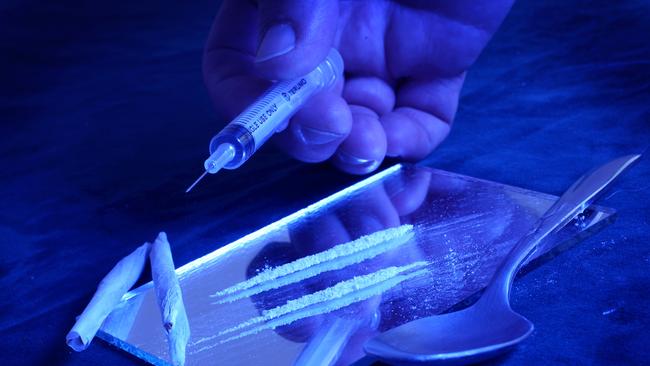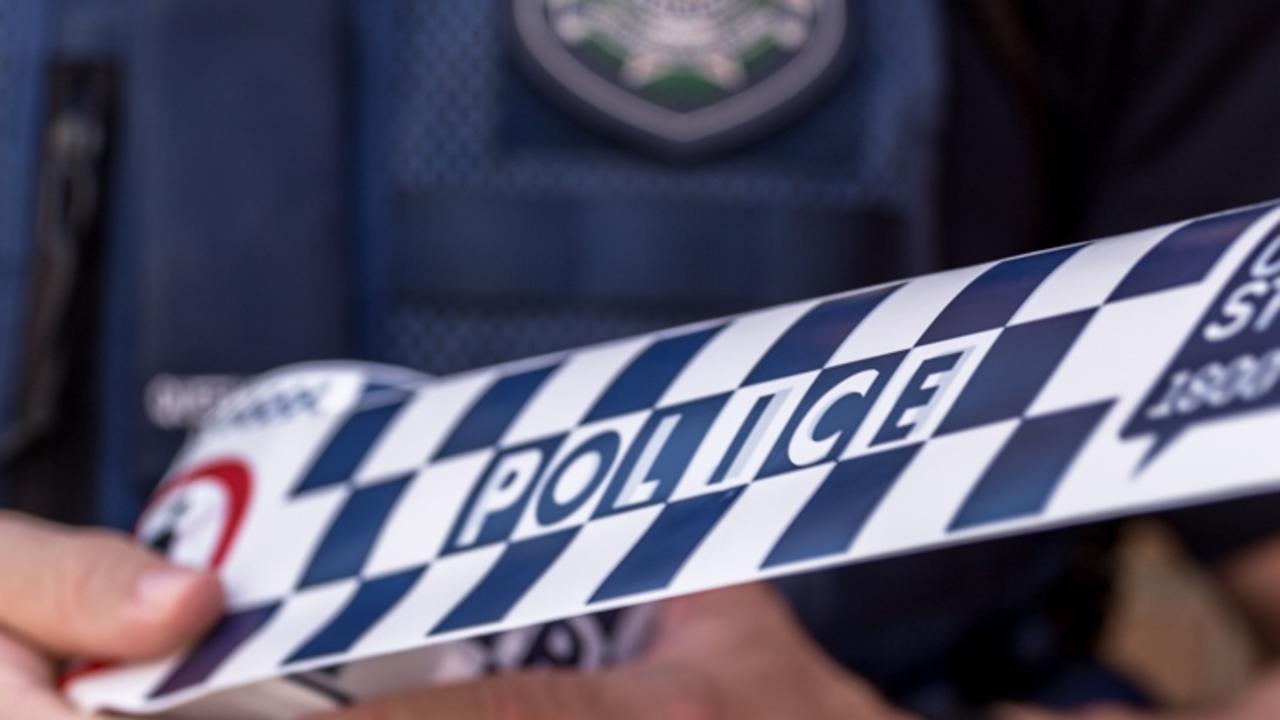The three most problematic drugs in Gladstone
Drug use is rife in Gladstone, Lives Lived Well expert Leah Tickner tells us how to spot the signs.

Gladstone
Don't miss out on the headlines from Gladstone. Followed categories will be added to My News.
DRUGS are the most concerning lifestyle factor for many Gladstone residents and for almost 20 years, Lives Lived Well business development manager and former clinical service manager Leah Tickner has been on the front line.
She said the three most prevalent drugs used in Gladstone last financial year were methamphetamines, followed by alcohol and marijuana.
“Problematic use of methamphetamines was 39 per cent of people we saw, the second highest use was alcohol at 27 per cent and third was cannabis at 24 per cent,” Ms Tickner said.
“Those are pretty much the top three, though in different orders, in most areas and we collect stats from every single area.”
Methamphetamine use has skyrocketed.
“It’s so readily available,” Ms Tickner said.
“That access has made a big difference as ice is affordable.
“Different people use different drugs for a variety of reasons and young people are not necessarily aware of the long-term harm. They just think it is experimenting.
“They might use drugs for relaxation, self-medicating, boredom, peer pressure, fun, blocking feelings of trauma, depression or anxiety, celebrating or problems coping like bullying at school or work, or because intermittent work might only be available to them.
“It could be a relationship problem, early pregnancy, job loss – there isn’t really one stereotypical reason why someone might use drugs to cope.”
Lives Lived Well sees people from as young as 12 up to people aged in their 60s.
Ms Tickner described the three main categories of drugs.
“Depressants, such as alcohol, cannabis, prescription benzodiazepines and opioids like heroin cause euphoria but they also cause drowsiness, slurred speech, lack of co-ordination and lack of inhibition,” she said.
“Cannabis users tend to have red eyes and be drowsy, want to sleep more and get increased appetite. People taking depressants might have a lower mood.
“The second category is hallucinogens like LSD, ketamine, acid and magic mushrooms and their signs are hallucinations or strange behaviour, paranoia, mood swings or slurred speech – they are a less common category.
“The third category is stimulants like ecstasy or MDMA, methamphetamines like ice or speed and cocaine.
“Users display a high level of consciousness, euphoria, fidgeting, repetitive behaviours like jaw clenching, sometimes nausea and they will have dilated pupils, decreased need for sleep, talk excessively and fidget, weight loss and a persona of hyperactivity, irritability and moodiness.”
She said the signs were not always obvious and loved ones needed to look for what was a baseline for the person’s normal behaviour and habits and anything that wavered or changed dramatically in those behaviours.
“People have risk and protective factors and when they go out of balance is how people tip over the edge,” Ms Tickner said.
“Risk factors are genetic history, a personality disorder, depression, anxiety or suicidal behaviour, bullying, resisting peer pressure, performance at school, employment and whether they have friends or not.”
Protective factors are good coping skills, self-confidence, a perception of what risks are, general optimism, health-related behaviour, family situation, friends and peers.
“Help is widely available,” she said.
“Telling someone to stop it or abstain completely just doesn’t work. People need to talk to the person and listen without judgment, show genuine concern and not interrupt them.
“Listen first and link them to help.”
Lives Lived Well has a new phone service for 12 to 21-year-olds in Gladstone and Rockhampton during coronavirus restrictions.
To reach out for help phone Lives Lived Well on 1300 727 957 or ADIS on 1800 177 833.


